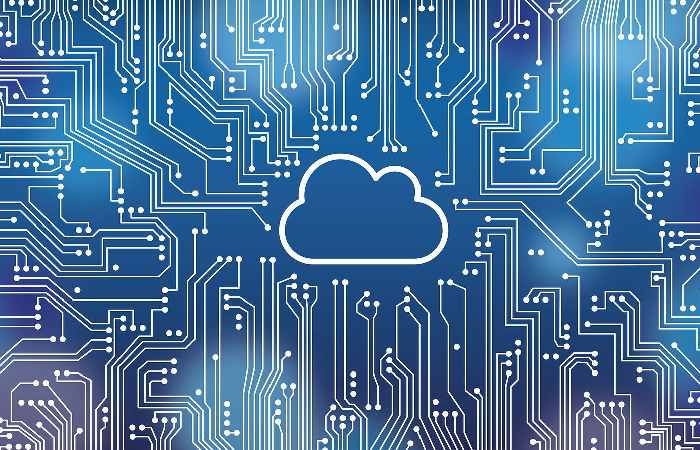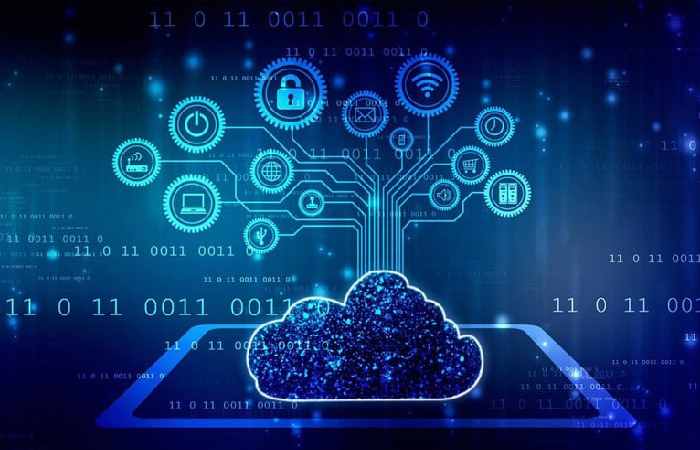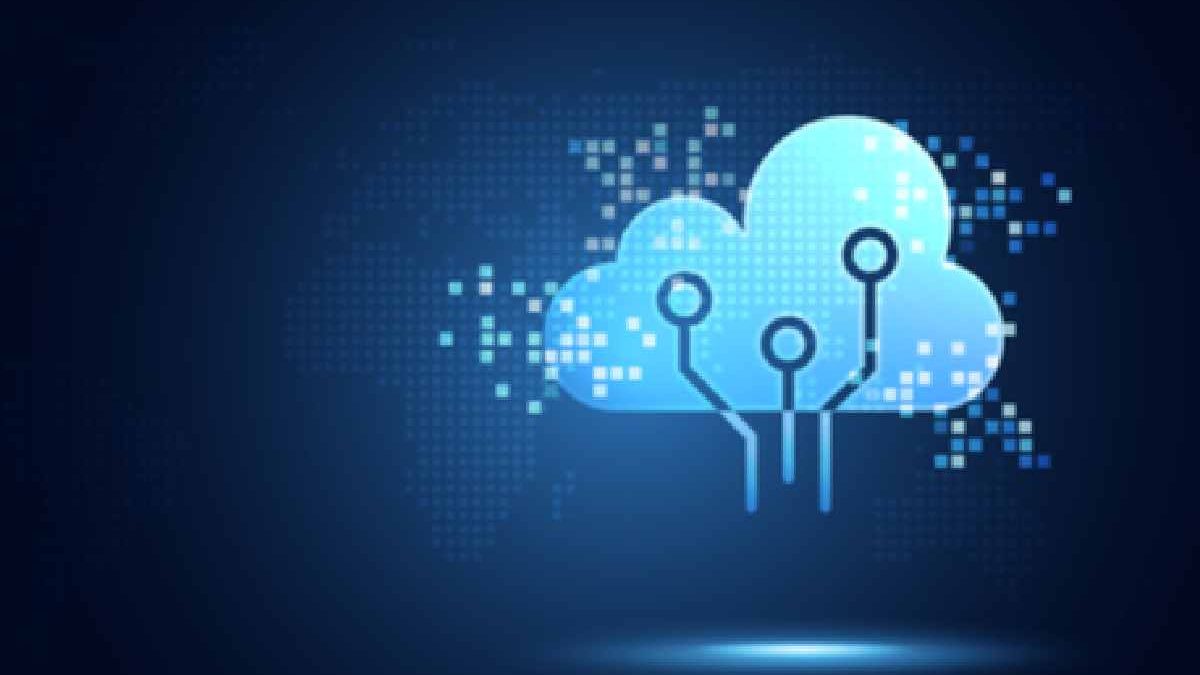Edge Computing Is An Extension Of Which Technology
In a time when the technological world constantly changes, innovation goes beyond what seems to be feasible. One of these advances is edge computing, a topic of great interest nowadays. However, what is edge computing anyway, and by extension, which technology is this extended? This paper will explore the history of edge computing and how it builds on existing technologies.
Table of Contents
Edge Computing: Defined
Data processing and analysis occur at the network’s edge instead of in the center, close to the data generation sources. Compared to the previous practice, where the raw data is sent to a centralized cloud or a data center for processing, edge computing brings such processing power and storage capabilities closer to the point at which raw data is provided or created. It permits faster data processing, facilitating quick decisions and lowering latency.
The Extension of Cloud Computing
However, edge computing extends the technology used for cloud computing. Cloud computing brought revolutionary change into the scenario whereby all users share different computing resources at any given time and place. Nevertheless, with more and more types of connected devices, conventional centralized cloud architecture has limits. This is because the volume of data generated by IoT devices exceeds the networks’ support, causing congestion, delays, and high costs.
Edge computing has become essential at this point. It enhances cloud computing by bringing the services closer to the edge of the network, making latency bandwidth challenges and the ability to make instant decisions. Edge computing improves effectiveness by distributing computing power, storage, and data processing abilities among various edge devices in networks that support such applications.
IoT and Edge Computing: A Perfect Match
As such, IoT has provided an impetus for adopting edge computing. In most cases, IoT devices remain used to obtain extensive information in real-time on the operation of sensors, wearable equipment, or even connected machines.
The process in which this information remains transmitted to a central cloud infrastructure for analysis could impair the performance of applications based on IoT. Using edge computing, IoT devices can process and analyze data locally to minimize latency and ensure a better response.
Distributed Edge Nodes: A Network of Intelligence
The edge computing model involves edge devices spread across the network’s distribution. These tiny local data centers can quickly process their data to make instant decisions. Edge nodes cut down on the geographical length of the travel path the data has to pursue while reducing response time delay.
Benefits of Edge Computing
Organizations can benefit immensely in their operations from edge computing since, among other advantages, it cuts down on latency. Some of these benefits include:
Reduced Latency: Edge computing significantly shortens latency because it processes data closer to its source, which leads to near real-time decision-making and enhances users’ experience.
Bandwidth Optimization: Edge computing minimizes the volume of data that has to be transmitted to the cloud for processing, thereby saving on network and related charges.
Improved Reliability: The operation of applications is possible without an active Internet connection through edge computing, thereby avoiding interruption and preventing interruptions.
Enhanced Security: By processing this data locally in edge computing, the possibility of data leaks gets minimized, increasing security and privacy levels.
Scalability and Flexibility: Edge computing architecture has a capacity for elastic scaling for load balancing while adjusting to network conditions changes to ensure maximum performance and efficient utilization of resources.
Conclusion
Finally, edge computing extends cloud computing that pushes the power and data processing capabilities to the network’s edge. So, the next time you wonder about edge computing, remember that it is an extension of cloud computing, empowering industries and organizations to unlock the full potential of their data-driven applications.

